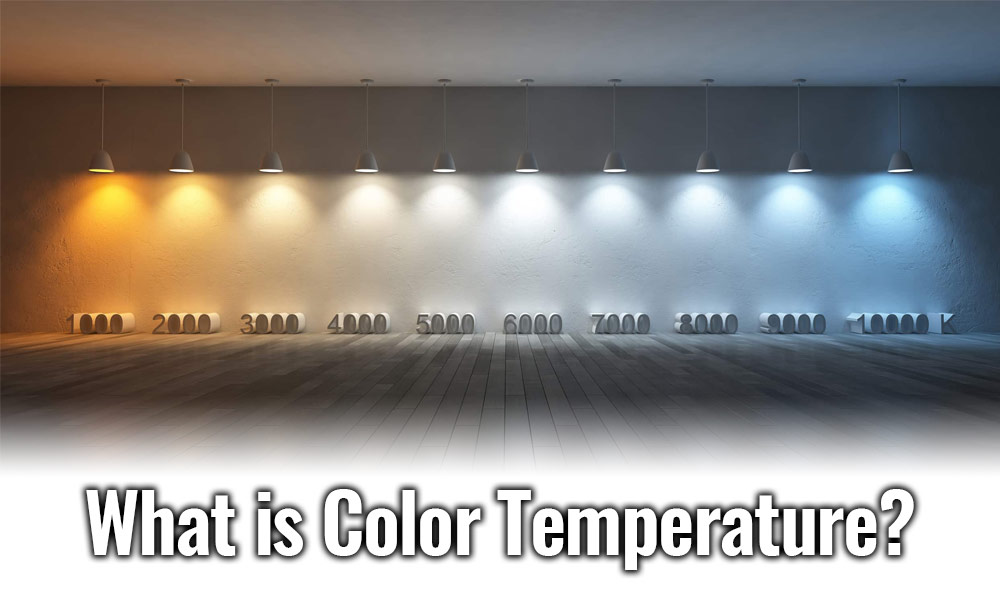
Color temperature is a scale representing the light color of a light source, and the unit is K, (Kelvin). Color temperature plays an important role in photography, video, and publishing. The color temperature of a light source is determined by comparing its color with a theoretical hot black body radiator. The Kelvin temperature of the hot black body radiator compared with the color of the light source is the color temperature of that light source.
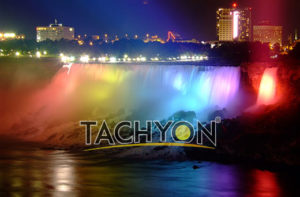
Under normal circumstances, from 10 noon to 2 pm, a clear cloudless sky, without direct sunlight, the standard daylight is about 5200 ~ 5500K; the color temperature of news photography lamps is 3200K; general tungsten filament lamps, photo studios The color temperature of tungsten filament lamps and ordinary light bulbs used for black and white photos is about 2800K; because the color temperature is low, the photos taken in this case will feel yellowish after being enlarged. The color temperature of general fluorescent lamps is around 7200 ~ 8500K, so photos taken under fluorescent lamps will be cyan.
Visual effect: The color of the noon sunlight is in the range of 4000-4500K, and the color temperature is white, and the color temperature in the range of 2800-3300K is called warm white. Warm white light, also known as GDE, is a light color of LED street lights. It has the characteristics of environmental protection, no pollution, low power consumption, high light efficiency, long life and so on. The color of the street lamp at night is slightly yellow, giving a relatively dark feeling, but warm and warm. Usually, the color temperature in the range of 5500-6000k is cool white.
The light under different color temperatures
1. Low color temperature
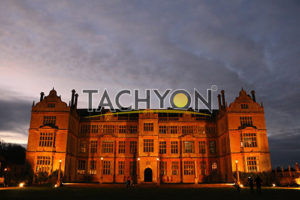 The color temperature is below 3300K, and the light color is reddish to give a warm feeling; it has a stable atmosphere and a warm feeling; when it is illuminated with a low color temperature light source, it can make the red more vivid.
The color temperature is below 3300K, and the light color is reddish to give a warm feeling; it has a stable atmosphere and a warm feeling; when it is illuminated with a low color temperature light source, it can make the red more vivid.
Warm light is similar to incandescent light, with more red light components, giving a warm, healthy and comfortable feeling; warm white color is a milder color, a warm color, and many people like to use it in life Warm colors to decorate the home environment are warm and beautiful, and also help sleep. Because warm white color is more beneficial to the human body than cold white, warm white is more used at home than cold white, and at the same time, warm white is widely used in life. The lighting in the home interior and the lighting of some jewelry counters are generally warm white, and some office LEDs have a range of white and warm white light.
2. Medium color temperature
The color temperature is in the middle of 3000-6000K. People have no obvious visual psychological effect in this color tone, and they have a refreshing feeling; therefore, it is called “neutral” color temperature. When using a medium color temperature light source, the blue color has a cool feeling.
The white light source is close to natural light, which makes people concentrate. True White is suitable for offices. The commonly used range of positive white light is between 5500K-7500K color temperature. Choose according to different environments, such as toilets, aisles, and kitchens; the living room and office have good white light. Warm white light is more suitable in the living room. The color temperature of warm white is close to 3000K, and the color temperature of white fluorescent lamp is above 4000K.
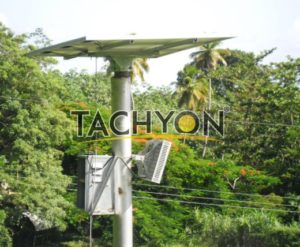
3. High color temperature
The color temperature exceeds 6000K, and the light color is bluish, giving a cool feeling. When using a high color temperature light source, it makes the object feel cold.
Light source color
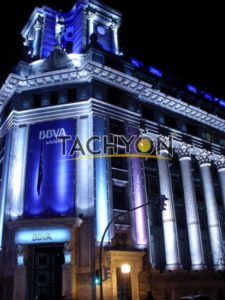
Different color temperature of light source, different color of light, bring different feelings: different color temperature of light source, bring different feelings. Under high color temperature light source. If the brightness is not high, it will give people a cold feeling; under the illumination of a low color temperature light source, too high brightness will give people a stuffy feeling. The lower the color temperature, the warmer (reddish) the hue; the higher the color temperature, the cooler (bluer) the hue.
Effect
Color temperature is a physical quantity used to define the color of a light source in lighting optics. That is, when a black body is heated to a temperature, the color of the light emitted by it is the same as the color of the light emitted by a light source. The temperature heated by this black body is called the color temperature of the light source, referred to as the color temperature, and the unit is K. Light with a low color temperature is yellowish, such as incandescent lamps, around 2800K, and light with a high color temperature is blue, such as purple lamps, above 9000K. It is generally believed that the color temperature of standard white light is 6500K, and the white light emitted by CRT is about 5500K, so slightly changing the mixing ratio of the three primary colors can simulate the effect of increasing and decreasing the color temperature. Using the principle of color temperature to achieve photography, video, and display the process of device change is called the color temperature effect.
Balance
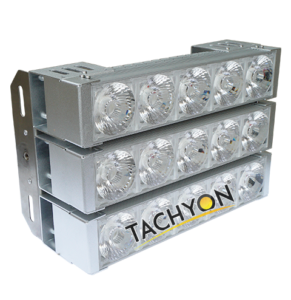
In the shooting of film and television lenses, more than two light sources are commonly used for illumination, and generally, the color temperature is required to be consistent. In the shooting of outdoor scenes or real scenes, in the case of daylight lighting, it is common to use lights as auxiliary rib light. If you use low color temperature lamps (3200K), you need to adjust the color temperature of daylight (5600K). The common method is to use Increase the color temperature of the light paper or directly use a high color temperature lamp, and sometimes purposely use two color temperature lights to illuminate the same scene separately, without balancing, in order to obtain the lighting effect between cold and warm. The color temperature coordination relationship between the light source and the color film and camera: daylight film can only be shot at 5600K color temperature; light film can only be shot at 3200K color temperature. The camera shoots in daylight with a 5600K filter, and shoots in 3200K with a 3200K filter.
Color temperature-use case
 The design of color film is generally based on the lighting of a light source that can truly record a specific color temperature. It is divided into 5500K daylight type, 3400K high light type and 3200K tungsten filament type. Therefore, photographers must understand the use of color film with the same color temperature of the light source in order to get accurate color reproduction. If the color temperature of the light source and the color temperature of the film are not balanced with each other, it is necessary to rely on a filter to increase or decrease the color temperature of the light source to match the color temperature of the film for accurate color reproduction.
The design of color film is generally based on the lighting of a light source that can truly record a specific color temperature. It is divided into 5500K daylight type, 3400K high light type and 3200K tungsten filament type. Therefore, photographers must understand the use of color film with the same color temperature of the light source in order to get accurate color reproduction. If the color temperature of the light source and the color temperature of the film are not balanced with each other, it is necessary to rely on a filter to increase or decrease the color temperature of the light source to match the color temperature of the film for accurate color reproduction.
Generally, two types of filters are used to balance color temperature. One is the 81 series filter with red color, and the other is the 82 series filter with light blue color. The former is used when the light is too blue (that is, when the color temperature is too high): the latter is used to deal with red light to increase the color temperature. Opportunities for the 82 series filters are not as good as for the 81 series. In fact, the experience of many photographers is to try to increase the color temperature instead of lowering it. Shooting the most common sunset with a pale yellow filter will produce extremely spectacular results.
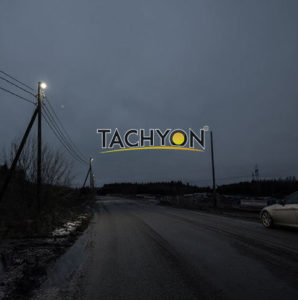
The experience of a photographer in the United States is that using a reddish filter can reduce the color temperature when the color temperature is as high as 8000K, and using a blue filter can make daylight film suitable for color temperatures as low as 4400K. Normally, you can use these filters to shoot almost any time of the day and obtain natural tones. However, in exceptional cases, when the color temperature exceeds this range, a color conversion filter, such as an amber 85B filter, can be used to make the color temperature up to 19000K suitable for daylight film. In contrast, the use of light film with 82 series filters can reduce the color temperature to 2800K.
If you need to use daylight film to shoot under the condition of tungsten light, you can also use 80 filters. If TTL exposure meter metering is not used at that time, a 2-stop aperture must be added to compensate for the loss of light. And when shooting with light film in daylight conditions, you need to use 85B filter, you need to increase the 2/3 stop.
However, the common filter codes on the market are very confusing and difficult to identify, and not all manufacturers use standard codes and designs. Therefore, it is not easy to choose a suitable filter among many filters. In order to systematize the chaos of filter classification and simplify the selection of filters, Canadian photographer Schwartz introduced a new international method of calibrating the color temperature of light sources.
The important role of color temperature in photography
1. The subject or scene lacks illumination and the color temperature is too high. When shooting warm tones, you need to reduce the color temperature and use yellow light at the same time.
2. The subject or scene illumination is insufficient, the color temperature is too high, too low or chaotic, when shooting cold tones, you need to correct the color temperature to the daylight level (about 5500K) and use white light when fill light.
When shooting with natural light, because the color temperature of the light is not the same in different time periods, the colors of the photos are also different. For example, when shooting under a clear blue sky, the color temperature of the light is high, so the photo is colder; and when shooting at dusk, the color temperature of the light is lower, so the photo is warmer. When shooting with artificial light, different types of light sources and different color tones may occur.
3. Understanding the relationship between light and color temperature helps photographers to shoot in different light. Calculate in advance what shades of photos will be taken, and further consider whether to strengthen or weaken this tone Which function of the camera should be used to enhance or weaken this tone in actual shooting.
4. When choosing the light when shooting, you have to choose your own creative ideas. In the film age, special color photos are taken with different color temperature films. Digital age cameras can set balance to control the color temperature needed to shoot their own creative “colors”. Therefore, if you use a digital camera, you don’t have to think too much about the use of lights.
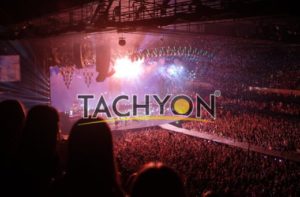
In summary, it is very important to consider, set and adjust the color temperature during shooting. Whether you use a traditional camera or a digital camera as well as a video camera. Must pay attention to color temperature!
The color temperature calibrated by this method is just the opposite of what the general public thinks “warm” and “cold”. For example, people usually feel red. Orange and yellow are warmer, while white and blue are cooler. In fact, the color temperature of red is the lowest, and then gradually increase to orange, yellow, white, and blue. Blue is the highest color temperature.
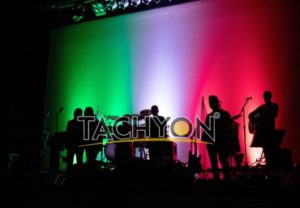
When shooting with natural light, because the color temperature of the light is not the same in different time periods, the colors of the photos are also different. For example, when shooting under a clear blue sky, the color temperature of the light is high, so the photo is colder; and when shooting at dusk, the color temperature of the light is lower, so the photo is warmer. When shooting with artificial light, different types of light sources and different color tones may occur.
Understanding the relationship between light and color temperature helps photographers to shoot in different light. Calculate in advance what shades of photos will be taken, and further consider whether to strengthen or weaken this tone. In practice, which function of the camera should be used to enhance or weaken this tone when shooting.
The effect of color temperature on road lighting
Regarding road lighting, there has always been a dispute between “yellow light” and “white light”. Warm white application. For example, street lamps use warm white light in many places. The representative of the “yellow light school” is high-pressure sodium lamps, which have become the mainstream of street lamps in China because of their economical and energy-saving performance and good fog permeability. The early representative of the “white light school” is a quartz metal halide lamp, which has a color expression ability more than three times higher than that of yellow light, but due to technical problems that are difficult to overcome, it has not been applied on a large scale. A foreign study showed that the use of cold white LED lights for road and driving lights will reduce the proportion of accidents. After all, cold white is easier to see objects. And roads and highways will choose 4000K color temperature lights.





